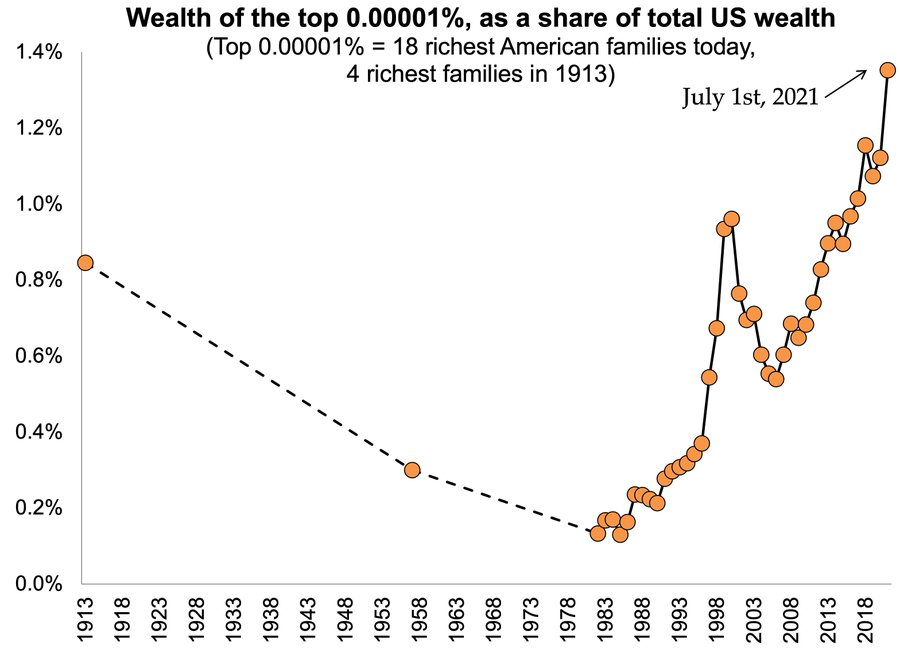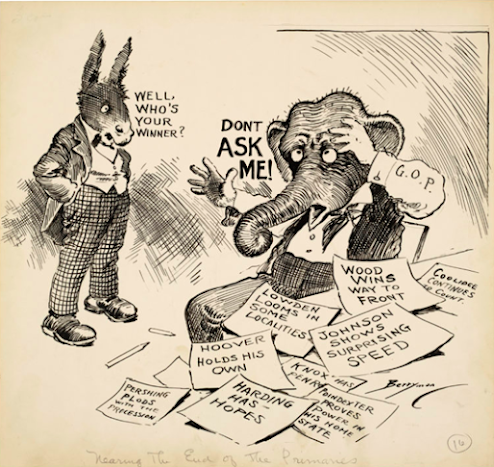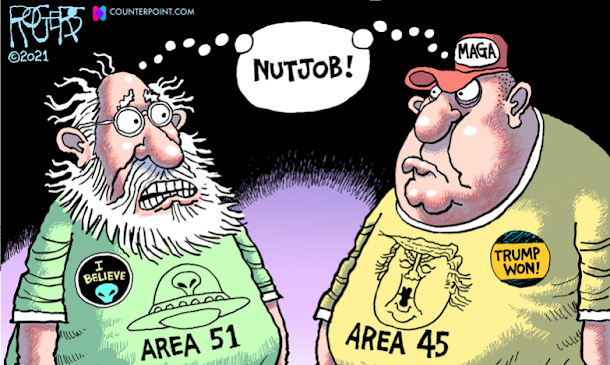by Peter Chow
In 2020, Ontario saw 2,426 opioid-related deaths, a 60.0% increase from 1,517 deaths in 2019.
By age, the largest increases were among those aged 25 to 44 (61.4% increase from 83 to 134 deaths monthly) and those aged 45 to 64 years (119.5% increase from 41 to 90 deaths monthly).
The Algoma region saw 53 opioid deaths in 2020, up from 17 in 2019. So far, in 2021, we are on track for over 60 opioid overdose deaths.
Sudbury’s per capita deaths by opioid is the highest in Ontario, with over 50 per 100,000, with North Bay, Thunder Bay, Timmins and Sault Ste. Marie close to, or over 40 deaths per 100,000.
There was a rise in the number of overdose deaths with stimulants and benzodiazepines involved in 2020.
The percentage of opioid-related deaths associated with stimulants, such as Crystal Meth or Cocaine, as a contributing factor, increased from 52.0% in 2019 to 60.5% in 2020
Approximately one-third of deaths also involved a benzodiazepine, such as Valium or Xanax.
Of the people who died of overdose in 2020, that were employed at the time they died, 30% were construction workers, more prevalent in this industry than any other. The nature of the industry can lead its workers down the path of addiction.
With workplace injuries not uncommon, prescription painkillers can often lead to drug dependence. The trouble really starts when the doctor cuts off the prescriptions. The addicted worker can’t get the pain killers anymore and that’s when they go to the street.
For those unfortunate people addicted to opiates, there are medicines that work to reduce the effects of withdrawal and reduce cravings – Suboxone, Methadone, and Naltrexone. These medications reduce mortality rates as they significantly reduce the chance of relapse and overdose. All three medicines substantially reduce the risk of dying from an overdose.
Until recently, Methadone was the primary drug prescribed for the treatment of opioid use disorder. However, the chance of an overdose with Methadone is 6 times higher than with Suboxone.
BC and Ontario have now made Suboxone (a combination of Buprenorphine and Naloxone), the primary recommended treatment for persons who have been abusing opioids for years, and it is on the provincial formularies, meaning those who qualify will receive the drug free of charge.
Other provinces will likely follow BC and Ontario.
Buprenorphine is a partial opiate agonist. It binds to the opioid receptors in the brain, relieving symptoms of withdrawal and cravings without producing a high.
The only purpose of the Naloxone in Suboxone is to prevent abuse of the drug by injection.
Suboxone is the safest of the opioid treatment medications. Suboxone is a pill (it goes under your tongue). It is now available as an injectable long-acting implant, but only in the US.
Methadone is used in the case of a severe addiction to opioids where Suboxone does not sufficiently relieve the symptoms of withdrawal. Methadone is a full opioid agonist, like Heroin. It binds to the opioid receptors in the brain, relieving symptoms of withdrawal and cravings.
In the most severe cases where persons on Methadone continue to relapse, pharmacy-grade Hydromorphone (Dilaudid) can be prescribed to prevent withdrawal and cravings.
In persons motivated to choose abstinence, Naltrexone can be used to manage cravings. Naltrexone blocks the brain cells’ opioid receptors and thus the euphoria from abusing drugs.
Revia and Apo-Naltrexone are the pill form of Naltrexone and must be taken daily. Vivitrol is the injectable form of Naltrexone which lasts one month. Vivitrol is currently not available in Canada and costs about $1,000 per shot in the US. However, physicians may apply to get Vivitrol under Health Canada’s Special Access Program.
Due to a loss of tolerance to opiates from using Naltrexone, there is a high risk of overdose if Naltrexone is discontinued and there is a return to opioid use. Yet surprisingly, these medications are severely underused.
Fewer than 10% of those addicted to opioids are on Suboxone, Methadone or Naltrexone. Bureaucratic restrictions keep doctors from widely prescribing Suboxone.
The Ontario Drug Benefit codes for Suboxone state that prescribers should complete an accredited course on opioid addiction and Buprenorphine treatment before prescribing.
The requirement that Methadone be doled out in person remains, even though evidence shows that allowing it to be taken home reduces subsequent hospitalizations.
Skittishness among non-addiction-specialist doctors limits the use of these treatments, as does a shortage of addiction specialists, especially in rural areas. We don’t have an addiction specialist in the Soo.
Supervised Injection Sites are clean indoor environments where people can use pre-obtained drugs with trained health professionals present to ensure safe drug consumption methods, respond in the event of an overdose, provide counseling and referrals to vital social services and treatment options and test drugs for any trace of Fentanyl.
Extensive research has shown Supervised Injection Sites reduce overdose deaths, increase addiction treatment uptake, and reduce social nuisance.
Although Supervised Injection Sites are not the sole answer to the opioid crisis, they are being set up by Canadian cities as a way to fill an immense gap in the current system of care and engage a highly vulnerable and difficult to reach population – ultimately reducing the public health burden and saving lives.
But polls show that a Supervised Injection Site will likely face the familiar barrier of unfavorable public opinion in Sault Ste Marie, behind the times as usual. Supervised Injection Sites remain highly controversial and stigmatized.
The public and political concerns and fears are clear: that Supervised Injection Sites promote drug use, that they will bring drug users to the neighborhoods they are located in, that it is morally and legally wrong to encourage and allow drug use, and so on.
NIMBY.
This battle illuminates the societal impact of the war on drugs and a country that criminalizes addiction. Calls for “Heroin-Assisted Treatment”, as practised in some European countries, like Switzerland, are going nowhere.
Canada is still not Switzerland.
Even if Canada managed to build 100 Supervised Injection Sites, that might cover only 1% of actual usage. It’s just not scalable.
Suboxone is scalable. Needle exchanges are scalable. Naloxone is scalable. Anonymous drug testing is scalable. That’s what public health should concentrate on.
Primary Care Providers (PCP), doctors and nurse practitioners, should be fully educated and trained on the treatment of Opioid Use Disorder with Suboxone, Methadone or Naltrexone.
Two measures alone, Anonymous Drug Testing (to screen for Fentanyl-tainted drugs) and increased access to Suboxone, would do more than anything else to immediately reduce harm and deaths from opioids.
The challenge now is that the nature of addiction has transformed into something deadlier in recent years—and not just because of potent synthetic opioids like Fentanyl and Carfentanil. (Carfentanil’s potency is 10,000 times that of Morphine and 100 times that of Fentanyl.)
It is because of the rising abuse of other types of drugs as well – stimulants (Meth and Cocaine) and “Benzos.”
In 2011, 19% of opioid drug users said that they also used Crystal Meth (Methamphetamine); by 2019 that number had grown to 60%.
Opioids such as Heroin, Oxycodone and Fentanyl depress the nervous system and have a sedative effect.
Methamphetamines, on the other hand, are stimulants and have the opposite effect, making people euphoric and feeling like they have endless energy.
Like Cocaine, Crystal Meth makes a user high by releasing the neurotransmitter Dopamine into the brain. But with Crystal Meth, the effects are more pronounced, last longer and keep users awake for extended periods of time. In fact, people who are homeless, living in shelters or crowded, unsafe spaces, seek out Crystal Meth in particular.
To protect themselves and their belongings, they need to stay awake; and in order to stay awake, they use Crystal Meth daily.
The availability and use of Crystal Meth is still increasing rapidly because Meth is so cheap, and people get such a quick and powerful rush of euphoria that can last for 12 hours or more. A “hit” with what is almost 100% pure Meth can cost as little as $5..
According to the Ontario Provincial Police (OPP), the going street rate for Meth in Northern Ontario, as of 2020, was $10 to $30 a “point” (one-tenth of a gram). Dealers operate on the principle of supply and demand, so communities plagued by addiction — like Sault Ste Marie — are an attractive market in which to sell a cheap drug.
It is not confined to any particular socio-economic group, but found everywhere in every strata of society. Nor is it exclusively an urban issue. No community is immune to it, especially rural and First Nations communities.
One community struggling with the Crystal Meth epidemic is the Montreal Lake First Nation, where an estimated 60% of residents are addicted to the drug. Winnipeg, Calgary and Regina are in the grip of a Crystal Meth crisis that is only getting worse.
Meth is a key factor driving crime rates, both violent and property related.
In 2016, Crystal Meth hit with full force and crime rates — primarily thefts of items people were selling to feed their addiction — increased dramatically.
The Calgary police chief says; “Fentanyl is a community health crisis, Crystal Meth is a crime and safety issue.”
Crystal Meth use makes treatment more complicated. There are no well-developed pharmaceutical therapeutics for addiction to Crystal Meth.
Doctors have started using Olanzapine, an antipsychotic drug, to try to provide immediate relief for patients suffering distressing symptoms from Meth use. “Olanzapine sort of gels their brain a bit,” one ER doctor said. “Their brain is firing all over the place, and if we can help just bring it together a little bit so that we can start working and talking through it, that’s helpful.” If that doesn’t work, and safety is a concern, patients sometimes have to be sedated further, or even physically restrained.
After the patient has settled down, there’s little more that healthcare workers can do.
The doctor said it’s upsetting to watch patients leave the emergency department knowing that their Meth-induced mood swings, paranoia and hallucinations can last for days — not to mention the “cravings that come afterwards.”
“All of that sets somebody up to use again very quickly.”
“The understanding of how to treat somebody who is interested in stopping Meth is very, very minimal,” she said.
Unlike opioid replacement therapy — which uses Suboxone or Methadone to relieve withdrawal symptoms — Meth has no pharmaceutical solution to reduce cravings. “It’s a whole other area of substance abuse and addiction that is so difficult.”
Deaths due to “Meth toxicity” (with no evidence of opiates) increased, from 38 cases in 2015 to 54 in 2018, Dr. Dirk Huyer, Ontario’s chief coroner said. In those cases, a Meth-induced irregular heartbeat rhythm could be a possible cause of death.
84% of deaths involving Meth also involved an opioid in 2020.
Last year marked the first time Ontario has included stimulant-related deaths in its overdose-death data, which has typically counted only deaths caused by opioids. In total, there were at least 300 overdose deaths that involved both stimulants and opioids, every month in Ontario from May to October in 2020 – the equivalent of 10 people dying every day.
Today, more people using Meth are at risk of dying from overdoses than ever before. Just as drug dealers have cut opioids like Heroin with Fentanyl or Carfentanil, they have also mixed them into other types of drugs, including Meth.
For one Meth user, life has become a seemingly unbreakable cycle, in which he commits crimes to feed his addiction, goes to jail, comes out sober and then relapses, starting all over again. Without a trace of resentment or self-pity, he acknowledges that jail has been the only place where he’s been drug-free for long stretches.
“As much as, like, nobody wants to go to jail, it’s really the only place where I can grow as a person,” he said.

















